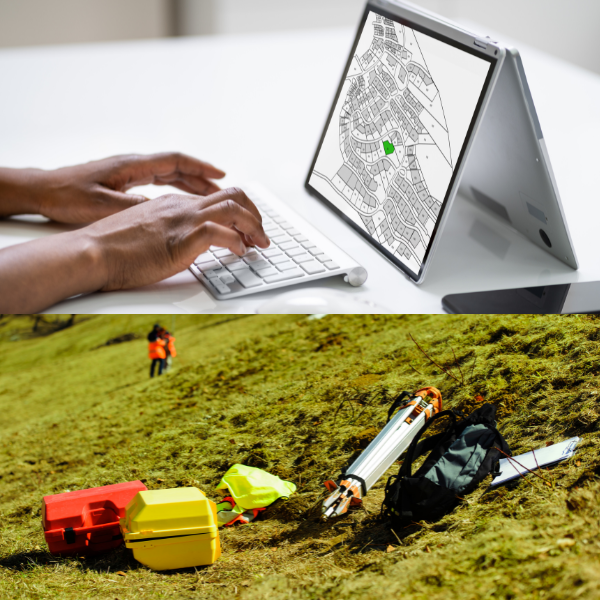

Land surveying, a profession rooted in accuracy and precision, has witnessed a remarkable transformation in recent years, thanks to the advent of digital technologies. Traditionally, land surveyors relied on manual tools and techniques to map and measure land, but today, they harness the power of digital innovations to streamline their work, enhance accuracy, and improve efficiency. In this blog post, we will explore some of the digital technologies that have revolutionized the field of land surveying.
Global Positioning System (GPS):
GPS technology has become an invaluable asset for land surveyors. With GPS receivers, surveyors can accurately determine their position on the Earth’s surface, providing precise coordinates for points of interest. This allows for faster and more accurate mapping of land boundaries and features, eliminating the need for manual measurements and reducing human errors.
Geographic Information System (GIS):
GIS software enables land surveyors to integrate various data sources, such as satellite imagery, topographic maps, and survey measurements, into a comprehensive digital representation of the surveyed area. GIS systems provide powerful tools for data analysis, visualization, and decision-making, facilitating better land management and planning.
Remote Sensing:
Land surveyors now utilize remote sensing technologies, including aerial drones and satellite imagery, to capture high-resolution images and generate accurate topographic maps. Drones equipped with cameras and LiDAR sensors can efficiently collect data from inaccessible or hazardous areas, improving safety and reducing costs.
3D Scanning and Modelling:
Digital technologies have brought about the advent of 3D laser scanning, enabling land surveyors to capture detailed three-dimensional representations of land and structures. These scans can be transformed into precise models that aid in visualization, analysis, and design, making it easier to detect potential issues and optimize land usage.
The integration of digital technologies in land surveying has brought about a paradigm shift in the profession. The use of GPS, GIS, remote sensing, and 3D scanning has significantly improved the accuracy, efficiency, and safety of land surveying operations. Land surveyors can now capture and analyse vast amounts of data, create digital representations of land, and make informed decisions with greater confidence. As technology continues to advance, we can expect further innovations that will continue to reshape and enhance the field of land surveying, ultimately benefiting industries such as construction, urban planning, and environmental management. Read on here, to find out more information.
